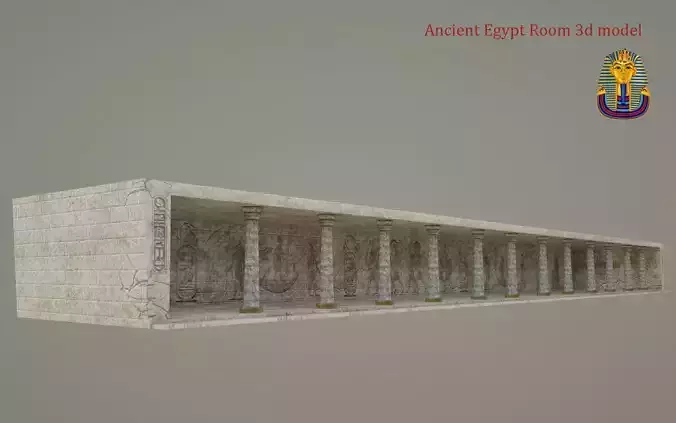1/30
A serdab (Persian: سرداب), literally meaning cold water, which became a loanword in Arabic for 'cellar' is an ancient Egyptian tomb structure that served as a chamber for the ka statue of a deceased individual. Used during the Old Kingdom, the serdab was a sealed chamber with a small slit or hole to allow the soul of the deceased to move about freely. These holes also let in the smells of the offerings presented to the statue.[1]..................................
The term serdab is also used for a type of undecorated chamber found in many pyramids.[2] Due to the lack of inscriptions, it has been impossible to determine the ritual function of this chamber, but many Egyptologists view it as a storage space, akin with the underground storehouses in private and royal tombs of the Second Dynasty.[3] It is easiest recognized by its position in the east end of the pyramid's internal chamber system and the three niches in its outer wall. The earliest serdab of this type is found in the pyramid of Menkaure, but it was during the reign of Djedkare Isesi that it became a part of the standard pyramid layout...............................Spanning over three thousand years, ancient Egypt was not one stable civilization but in constant change and upheaval, commonly split into periods by historians. Likewise, ancient Egyptian architecture is not one style, but a set of styles differing over time but with some commonalities.
The best known example of ancient Egyptian architecture are the Egyptian pyramids and Sphinx, while excavated temples, palaces, tombs, and fortresses have also been studied. Most buildings were built of locally available mud brick and limestone by paid laborers and craftsmen.[1][2] Monumental buildings were built using the post and lintel method of construction. Many buildings were aligned astronomically. Columns were typically adorned with capitals decorated to resemble plants important to Egyptian civilization, such as the papyrus plant
Ancient Egyptian architectural motifs have influenced architecture elsewhere, reaching the wider world first during the Orientalizing period and again during the nineteenth-century Egyptomania..................................
REVIEWS & COMMENTS
accuracy, and usability.






























